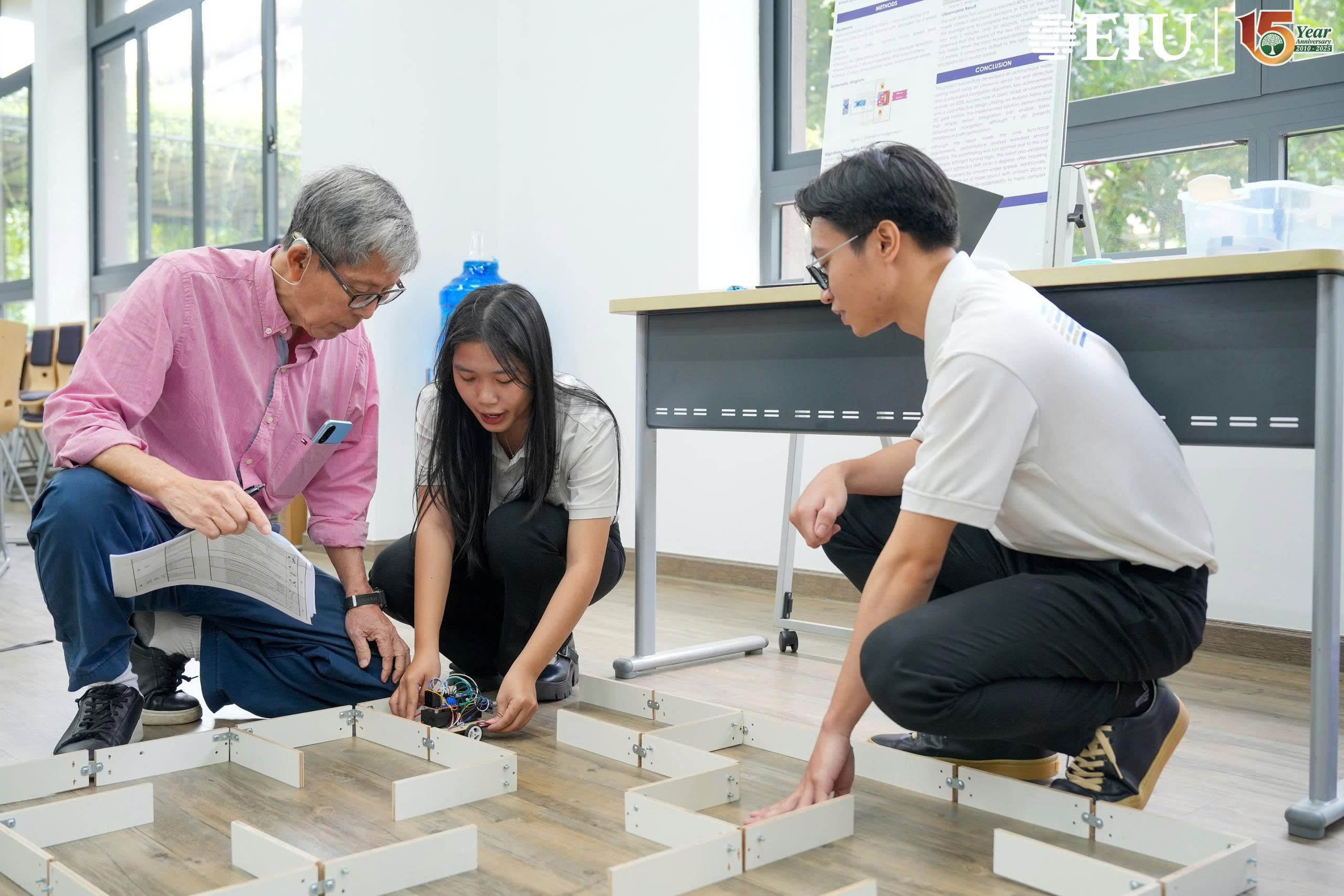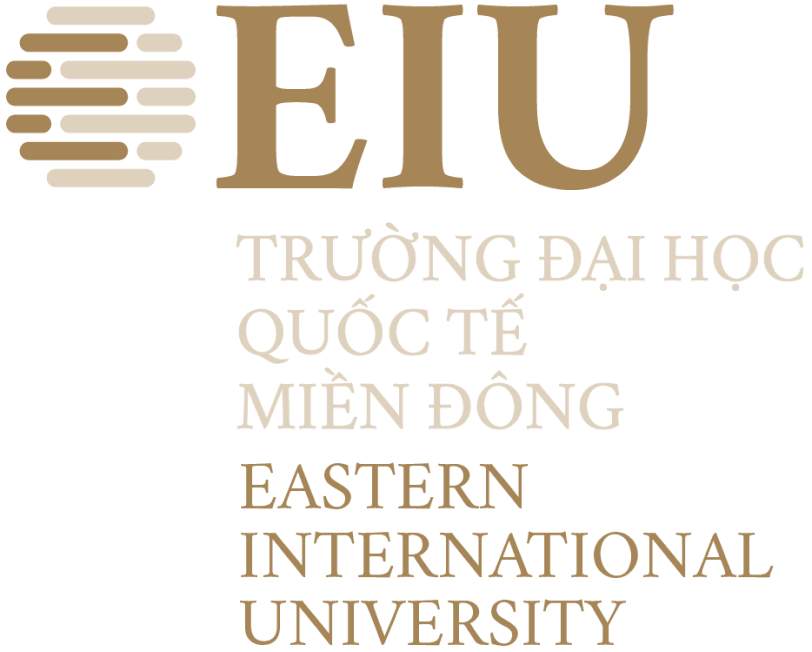On March 3, 2025, Dr Fong Aik Meng – lecturer in Electronics and Telecommunications Engineering at Eastern International University (EIU) – carried out a small but remarkable experiment: receiving image signals from a Russian satellite orbiting more than 1,000 km above the Earth.
With just a set of equipment including a 450 MHz yagi antenna, an SDR (Software-Defined Radio) receiver, and SSTV decoding software, Dr Fong successfully “captured” authentic images transmitted directly from space – a fascinating gift from the universe to EIU.
“There are about 10,000 active satellites in the sky. Many of them serve purposes such as television, telecommunications, disaster monitoring, and remote sensing… but a few allow technology enthusiasts to freely experiment with signal reception,” Dr Fong shared.
To do this, users must determine which satellites are passing over areas observable from Vietnam, track their trajectory, signal transmission time, frequency, and encoding format. When a satellite passes by – even if only for a few short minutes – the receiving equipment must be precisely directed toward the sky to capture the signal and convert it into images using SSTV software.
Unlike conventional television, SSTV (Slow-Scan TV) is an experimental signal capable of transmitting still images under extremely noisy conditions, often used in deep-space missions such as those to Mars or Saturn.
“All it takes is patience, a bit of knowledge, and a passion for exploration—and the entire universe can fit right on your computer screen,” Dr. Fong added.
A single image from a satellite may be small, but it opens a vast doorway to the world of space technology for EIU students and anyone with a spirit of discovery. And the best part is—you can also experience this firsthand at EIU, where technology is not only for learning, but also for trying, failing, understanding, and mastering.
Dr Fong Aik Meng guiding students in practice



